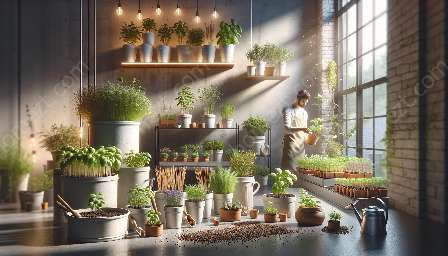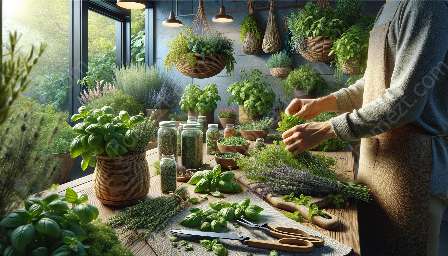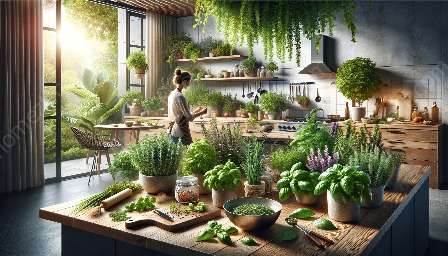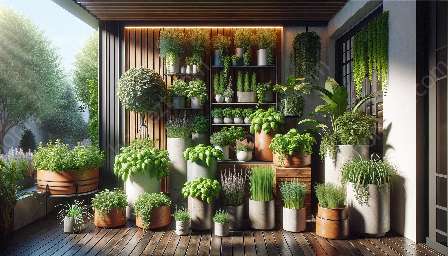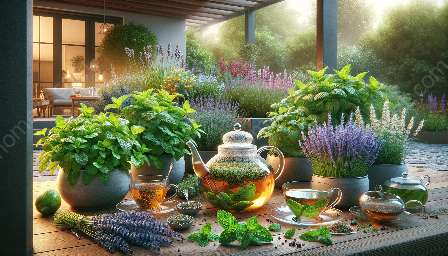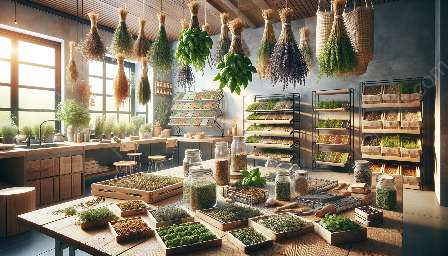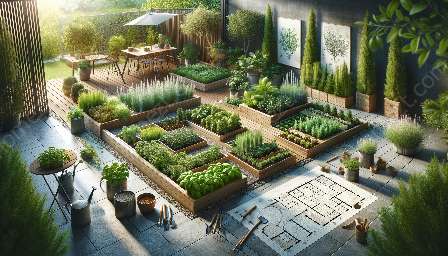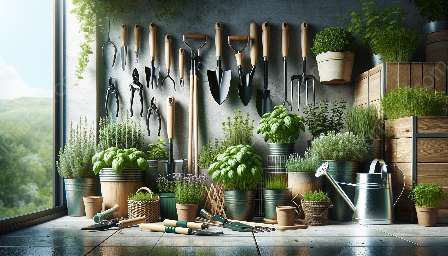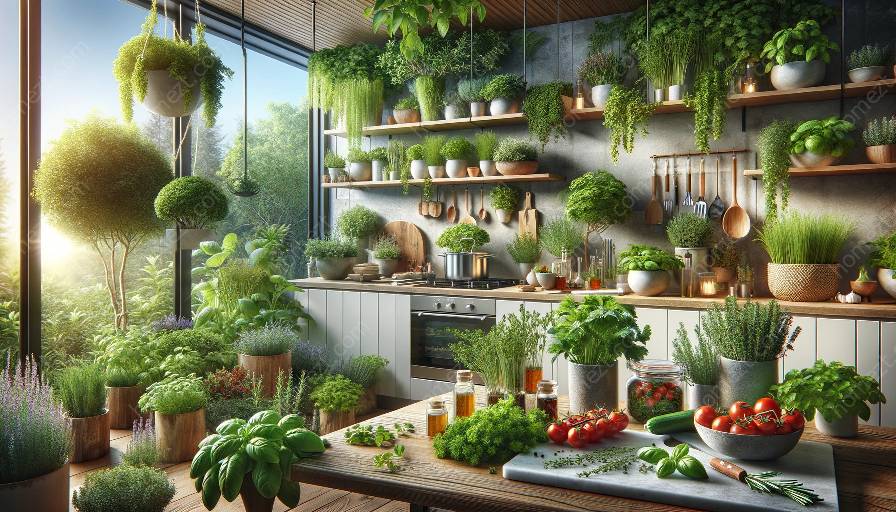Harness the power of herbs in the kitchen while enhancing your outdoor space with an herb garden. In this comprehensive guide, we delve into the culinary uses of herbs, explore how to cultivate an herb garden, and learn how to integrate it into gardening and landscaping efforts.
Culinary Uses of Herbs
Herbs are a crucial component of culinary traditions around the world, adding depth and flavor to a wide range of dishes. From basil and thyme to mint and rosemary, each herb brings its unique aroma and taste to the table. Let’s explore some of the most popular culinary herbs and their uses in various cuisines:
- Basil: This versatile herb is a staple in Italian cuisine, used in dishes such as pesto, Caprese salad, and Margherita pizza.
- Mint: Known for its refreshing taste, mint is utilized in beverages like mojitos, teas, and as a garnish for desserts.
- Rosemary: A fragrant and pine-like herb that pairs well with roasted meats, potatoes, and bread.
- Thyme: With its subtle and earthy flavor, thyme is often incorporated into soups, stews, and marinades.
- Cilantro: A popular herb in Mexican and Southeast Asian cuisines, cilantro imparts a citrusy and fresh taste to salsas, curries, and salads.
Integrating Herbs into Your Cooking
Learning how to incorporate herbs into your cooking can elevate the flavors of your dishes. Whether you choose to use fresh herbs or dried ones, understanding how to balance different flavors is essential. Here are a few tips for effectively using herbs in your cooking:
- Understanding Flavor Profiles: Pair herbs with ingredients that complement their flavors. For example, basil complements tomatoes, while thyme enhances the taste of poultry and game meats.
- Experimenting with Combinations: Don’t be afraid to mix different herbs to create unique flavor profiles. For instance, combining rosemary and garlic can add depth to roasted vegetables.
- Using Herbs as Garnish: Sprinkle fresh herbs on top of your finished dishes to add a burst of color and freshness.
Cultivating an Herb Garden
Creating an herb garden allows you to access fresh herbs right outside your door, enhancing the convenience and quality of your culinary creations. Here are steps to start your own herb garden:
- Choose the Right Location: Select a sunny spot with well-drained soil for your herb garden. Many herbs thrive in full sun and need good air circulation to prevent diseases.
- Selecting Herbs: Consider the herbs you use most often in your cooking and choose varieties that grow well in your climate.
- Planting Herbs: Plant herbs in well-prepared soil, ensuring that they have enough space to grow and flourish.
- Maintaining Your Herb Garden: Keep your herbs well-watered and regularly prune them to encourage healthy growth.
- Creating Herb Borders: Incorporate herbs into your flower beds or along the edges of your garden to add both beauty and practicality.
- Designing Herb Containers: Utilize decorative pots or containers to grow your herbs, adding a touch of greenery to patios, decks, or windowsills.
- Herbs in Edible Landscaping: Integrate herbs into your landscape design to create a visually appealing and functional space, such as including them in a kitchen garden or as part of an edible landscape design.
Integrating Herb Garden into Gardening & Landscaping
Herb gardens can be seamlessly integrated into your overall gardening and landscaping efforts, adding both functionality and visual appeal to your outdoor space. Consider the following ways to blend your herb garden with your landscaping:
By intentionally blending your herb garden with your overall gardening and landscaping efforts, you can create a beautiful and functional outdoor space that provides both aesthetic enjoyment and practical benefit.



